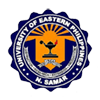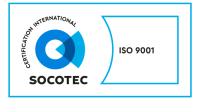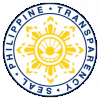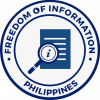
Legal Basis & Brief History
The creation of the College of Engineering was approved during the 4th University Academic Council meeting of the University of Eastern Philippines held on February 5, 1966. However, the offering of the first five-year engineering course, Bachelor of Science in Agricultural Engineering (BSAE) started in the second semester, School Year 1959 – 1960 by virtue of Resolution No. 14 of the 14th meeting of the Board of Trustees, Samar Institute of Technology, now University of Eastern Philippines, held on August 25, 1959.
In the School year 1968-1969, the college offered its second course offering, the Bachelor of Science in Mechanical Engineering (BSME). With the ever expanding infrastructure and construction industry in the province, the college administration felt the need to offer Bachelor of Science in Civil Engineering (BSCE) and fortunately, the implementation of this program was realized in School Year 1991-1992. It was also during this year that the college implemented the Bachelor of Science in Industrial Technology (BSIT) in support of the booming technological advancement in the country. In February 1998, the BSIT degree program, with several specializations. In the first semester, School Year 2000-2001, the college implemented the Bachelor of Science in Electrical Engineering degree program to further expand the employment opportunities of the youth in Northern Samar.
Goal
To provide the best quality education and technical training for all engineering and technical degree programs offered by the college for national and global competitiveness.
Program Outcomes
A graduate of all engineering programs shall have the ability to :
1. Apply knowledge of mathematics and science to solve complex engineering problems.
2. Design and conduct experiments, as well as analyze and interpret data.
3. Design a system, component or process to meet desired needs within realistic constraints in accordance with standards.
4. Function in multidisciplinary and multi-cultural teams
5. To identify , formulate, and solve complex engineering problems.
6. Understand professional and ethical responsibility.
7. To communicate effectively engineering activities with the engineering community and with the society complex.
8. To understand the impact of engineering solutions in a global, economic, environmental and societal context.
9. To recognize the need for, and engage in life-long learning.
10. To know contemporary issues.
11. To use techniques, skills, and modern engineering tools necessary for engineering practices.
12. To know and understand engineering and management principles as a member and a leader of a team, and to manage projects in a multidisciplinary environment.
13. To understand at least one specialized field of engineering practice.
Academic Programs
BACHELOR OF SCIENCE IN AGRICULTURAL AND BIOSYSTEMS ENGINEERING (BSABE)
BACHELOR OF SCIENCE IN CIVIL ENGINEERING (BSCE)
BACHELOR OF SCIENCE IN ELECTRICAL ENGINEERING (BSEE)
BACHELOR OF SCIENCE IN MECHANICAL ENGINEERING (BSME)
BACHELOR OF ENGINEERING TECHNOLOGY (BET)
– MAJOR IN AUTOMOTIVE TECHNOLOGY (AT)
– MAJOR IN ELECTRICAL TECHNOLOGY (ET)
College of Engineering Officials
Accreditation Status (AACCUP)
LEVEL III (PHASE I) Accredited – BSABE
LEVEL III (PHASE I) – BSCE
LEVEL III (PHASE I) – BSME
LEVEL II – BSEE
LEVEL I – BET – AT
LEVEL I – BET – ET
Announcements
Events
Approved Researches
On-Going Researches
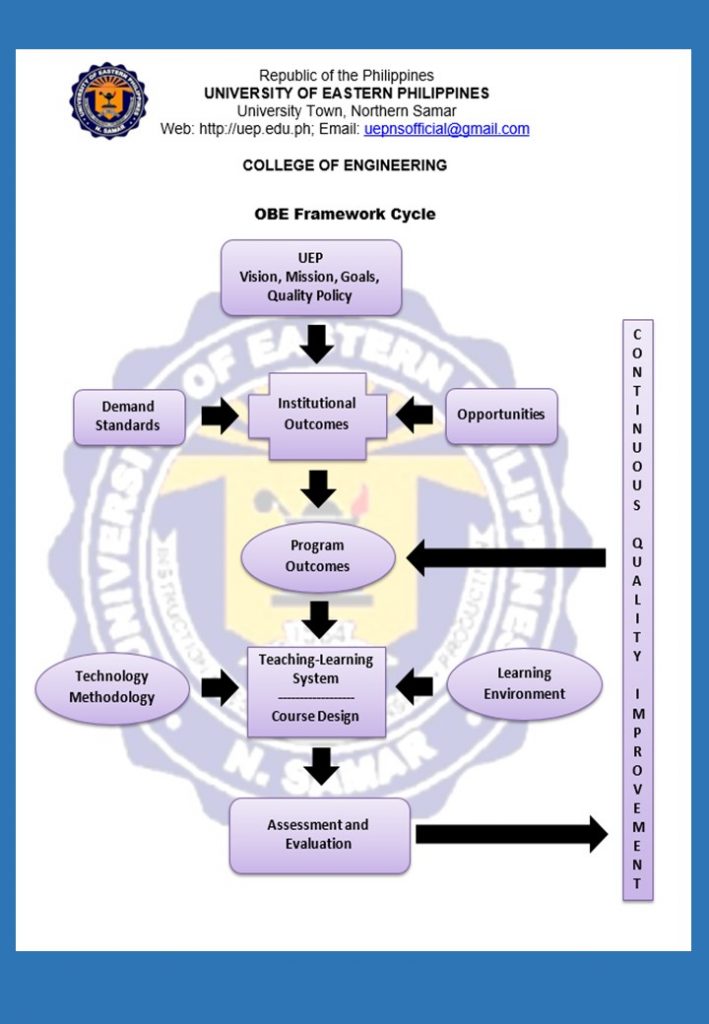
The
OBE Framework is rooted on the vision, mission, goals and quality policy of the
university. With these documents and considering the demands and standards as
well as the opportunities in the service area, the institutional outcomes are
established. From the institutional outcomes, the program outcomes are derived.
Considering again the desired program outcomes, a teaching-learning system is
developed that will fit into the course design, teaching methodologies and
learning environment. Assessment and evaluation is done to identify how the
quality of education can be continually improved. The Program outcomes then are updated and the
cycle continuous.
